Coin collecting is a rewarding hobby, but with the rise of counterfeit coins, it’s more important than ever to know how to spot fakes. Scammers are becoming more skilled at replicating genuine coins, so understanding the basics of coin authentication can protect your collection and investment. Here are 15 practical tips to help you recognize fake coins and avoid getting scammed.
1. Weigh the Coin
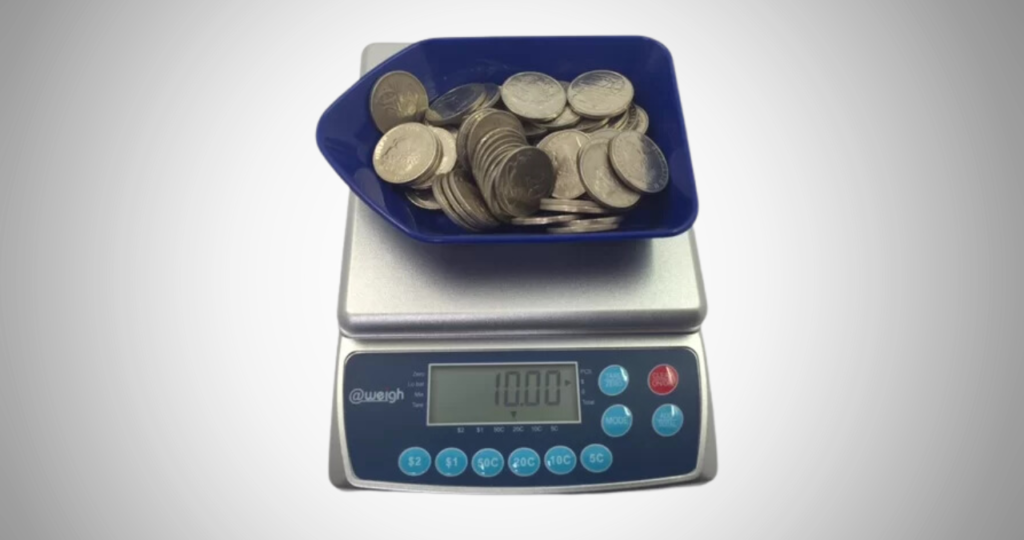
A coin’s weight is a simple way to check if it’s real. Genuine coins are made with specific metals, so they have an exact weight. Use a precise scale to weigh the coin and compare it with the official weight. Even a slight difference could indicate a fake coin. Ensure that your scale is calibrated properly to catch even the smallest discrepancy.
2. Examine the Edges

The edges of coins often have intricate designs or ridges that are hard for counterfeiters to copy perfectly. Run your finger along the edge to feel for any irregularities. Fake coins may have smoother edges or inconsistent patterns. Also, check for any signs of tampering, such as filing marks, which could indicate the coin has been altered.
Unlock Hidden Treasure: 7 Genius Hacks & Websites to Find Rare Coins Worth Thousands Instantly!
3. Test with a Magnet
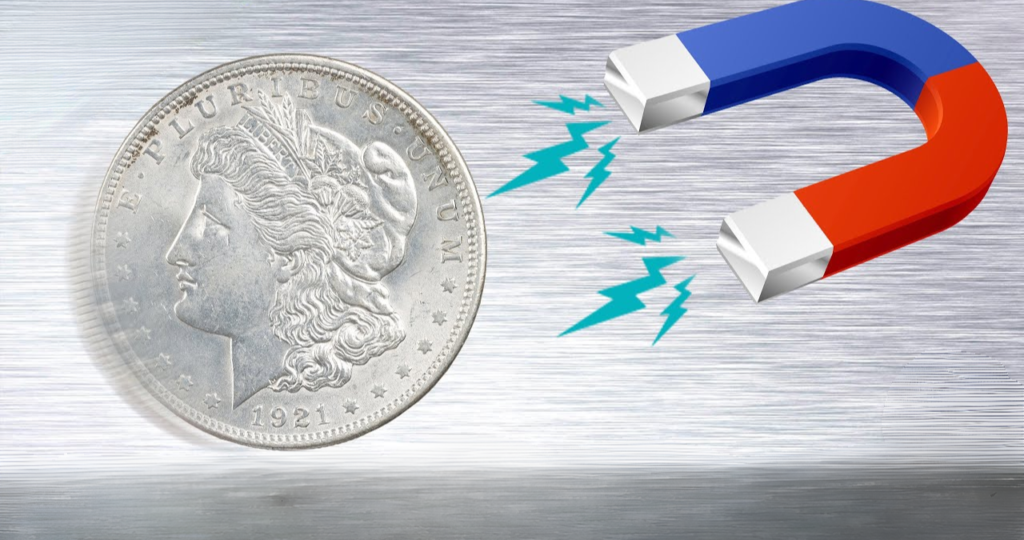
Many genuine coins are made from non-magnetic metals, so they won’t stick to a magnet. If a coin is attracted to a magnet, it’s likely made from cheaper materials and could be fake. Use a small, strong magnet to test the coin. Keep in mind that some real coins may have minor magnetic properties due to metal impurities, but the reaction should be very weak.
4. Check the Sound
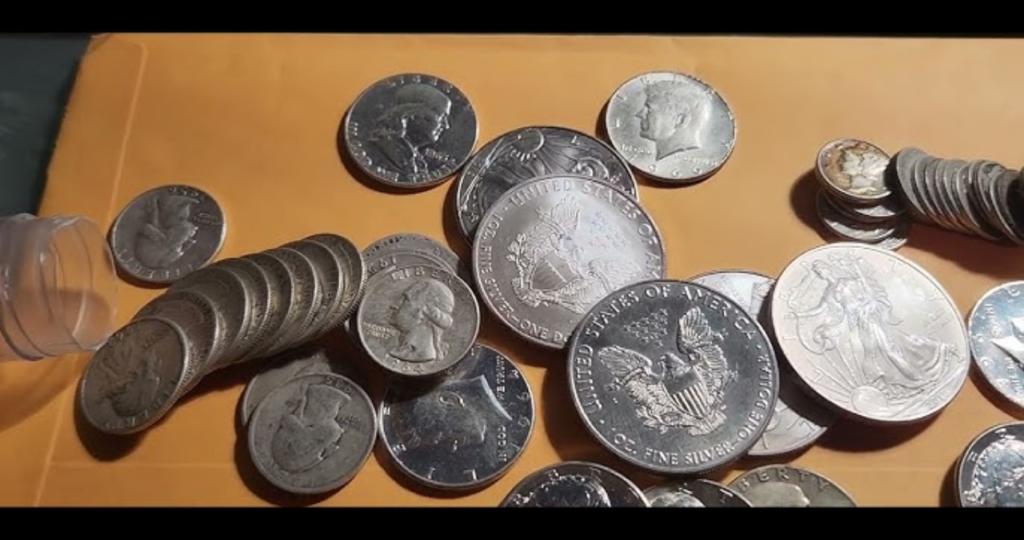
Genuine coins make a clear, ringing sound when tapped. You can perform a “ping test” by lightly tapping the coin and listening to the sound it makes. Fake coins often sound dull or flat. For accuracy, compare the sound with a real coin of the same type.
5. Observe the Coin’s Color

The color of a coin can reveal whether it’s genuine. Counterfeit coins often have a slightly different hue because they are made with cheaper metals. Examine the coin under good lighting and check for any unusual color patterns or tarnishing. Real coins tend to have a consistent color, while fake ones may look uneven or dull.
6. Inspect Surface Details

Genuine coins are known for their sharp, clear designs. Counterfeit coins, on the other hand, often have blurry or smudged details. Use a magnifying glass to examine the finer details of the coin, such as the lines in hair or the lettering. If these features are not crisp and well-defined, the coin could be a fake.
7. Check the Patina
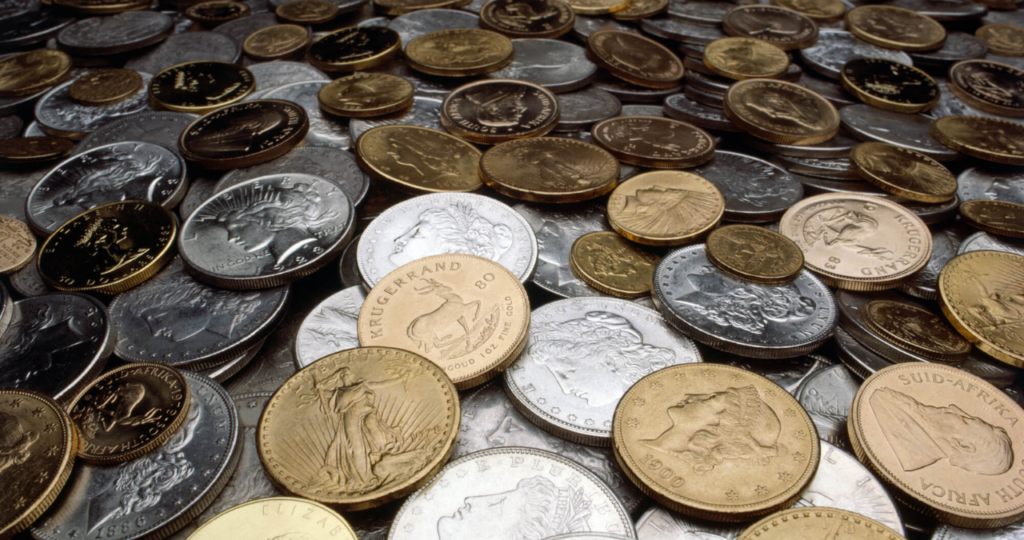
Older coins develop a natural patina over time, which can be difficult for counterfeiters to replicate. A fake coin may have an artificial or inconsistent patina, or it might lack one altogether. Genuine coins will have an even patina that matches their age, so any sign of a fake-looking surface should raise suspicion.
8. Use a Coin Grading Service

For high-value or rare coins, it’s worth using a professional coin grading service. These services authenticate and grade coins based on their condition. Graded coins come with a certificate and a protective case, providing peace of mind. While it costs money, it’s a reliable way to confirm the authenticity of expensive coins.
9. Research the Coin’s History
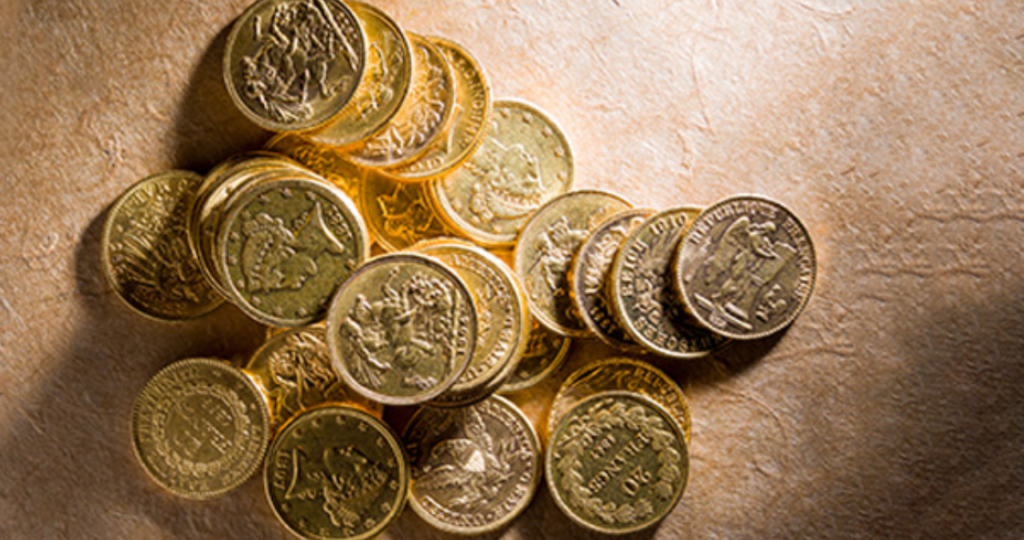
Knowing the history of a coin can help determine its authenticity. Ask the seller for any documentation or certificates that prove where the coin came from. A coin with a well-documented history is less likely to be a fake. If the seller can’t provide any history, it’s a red flag.
10. Compare with Verified Coins
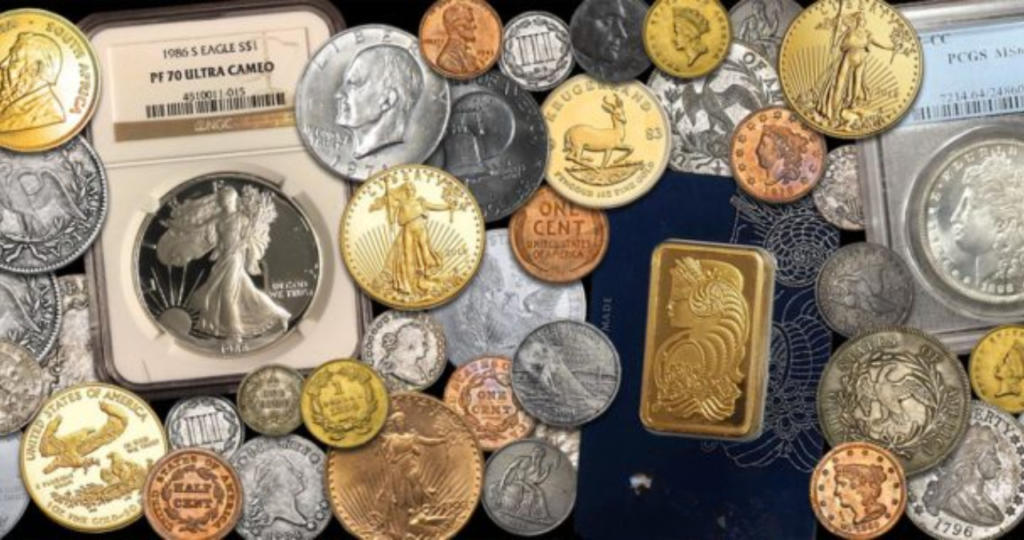
Comparing your coin to a verified, authentic example can make spotting a fake much easier. Look closely at every detail, from the design to the finish. If you don’t have an authentic coin on hand, photos can be just as useful. This method is especially helpful for those who are new to coin collecting.
11. Beware of “Too Good to Be True” Deals
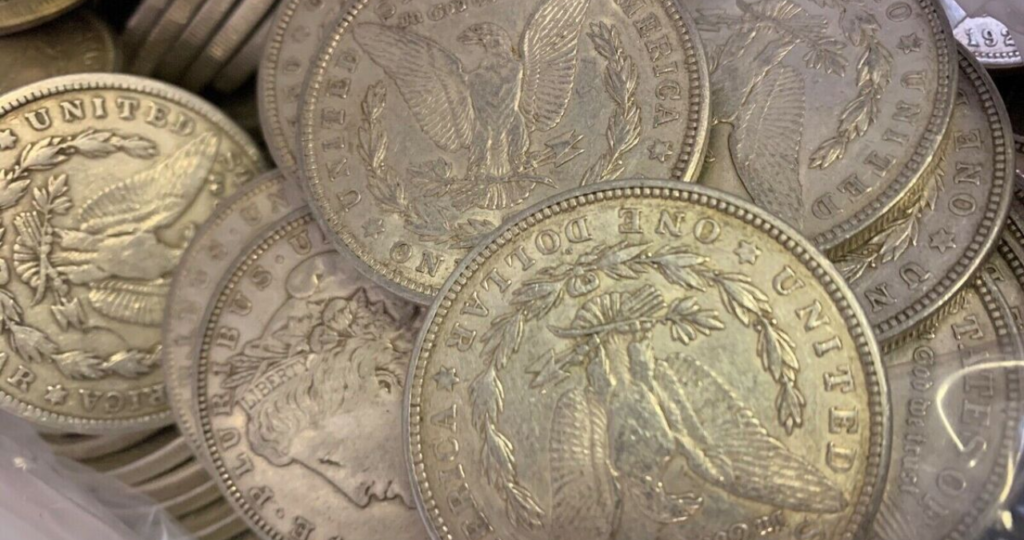
If the price of a coin seems way too low, it could be a scam. Scammers often attract buyers by offering deals far below market value. Before purchasing, always check the current market price of the coin. If the offer seems suspiciously cheap, it’s safer to pass on the deal than risk buying a counterfeit.
12. Test for Specific Gravity
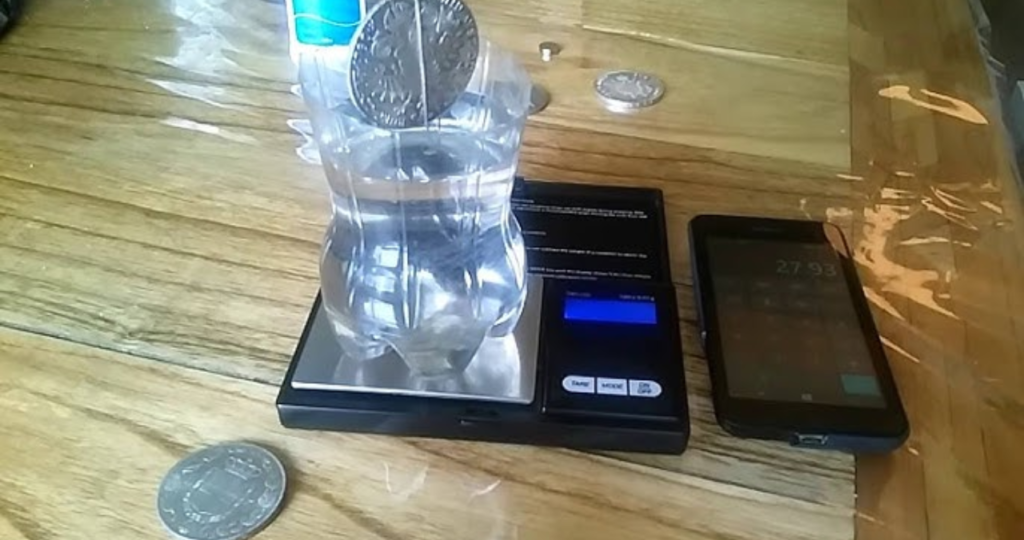
Specific gravity tests can measure the metal content of a coin. This involves placing the coin in water and calculating its density. Fake coins often fail this test because they are made from metals that are not as dense as the ones used in genuine coins. While this test is more technical, it’s a very reliable way to check for authenticity.
13. Consult Experienced Collectors
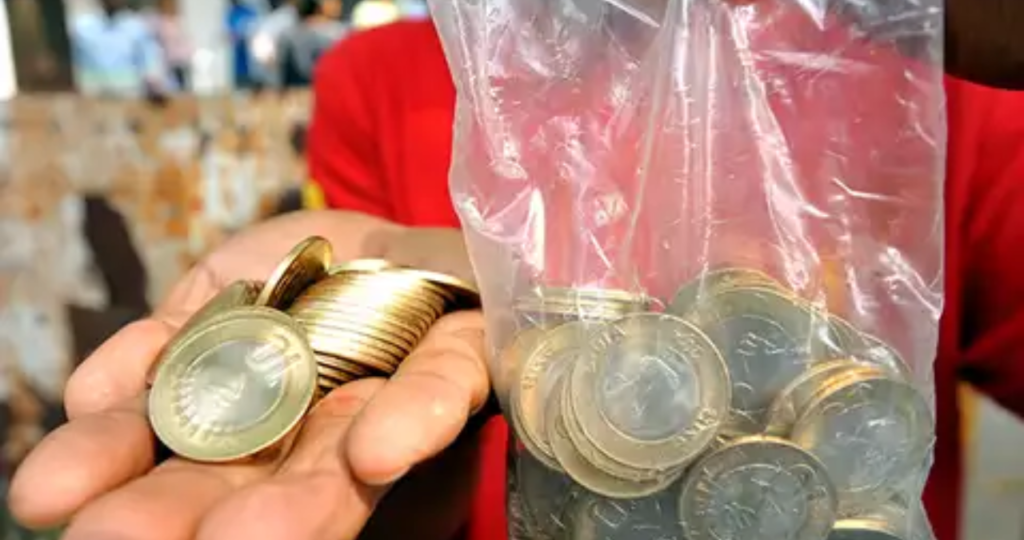
Experienced collectors can offer valuable insights that you might not find in books or online. They’ve often seen fakes before and can spot them at a glance. Joining a coin collecting club or an online community can connect you with seasoned collectors who are willing to share their knowledge. Don’t hesitate to ask for help if you’re unsure about a coin’s authenticity.
14. Investigate the Seller’s Reputation
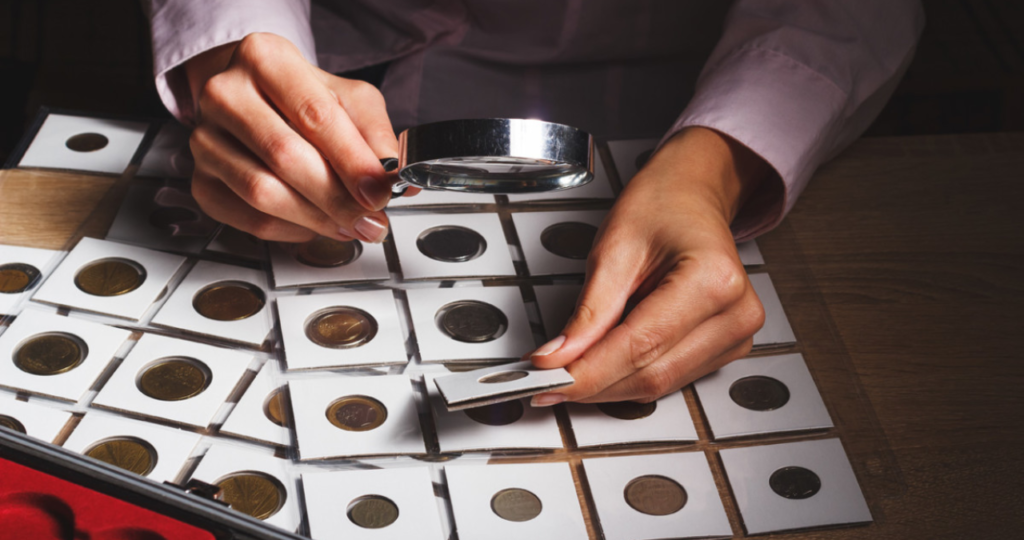
Before buying from a seller, do some research. Established sellers with good reviews are less likely to deal in counterfeit coins. Check the seller’s transaction history and feedback from other buyers. Be cautious if the seller is reluctant to provide information or has a poor reputation.
15. Look for Cloning
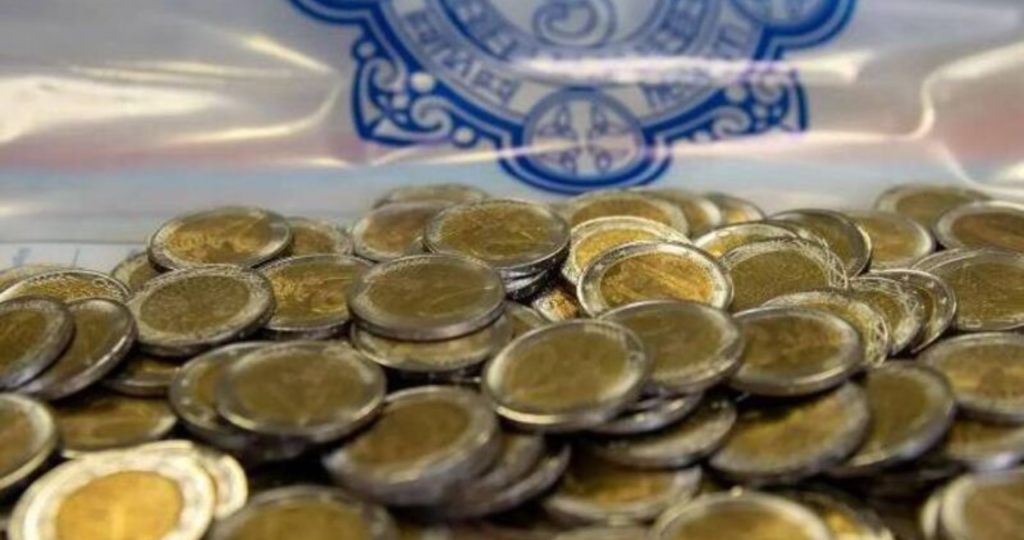
Cloning is a technique where scammers use a genuine coin as a base and then modify it, such as changing the date or mint mark. These small alterations can significantly increase the coin’s value. Carefully inspect the coin for signs of tampering, such as uneven surfaces or mismatched details. Understanding cloning can help you avoid falling for this advanced scam.
Conclusion
By following these 15 tips, you can protect yourself from counterfeit coins and ensure that your collection remains genuine. From weighing the coin to testing with a magnet, these methods are practical and easy to implement. Always stay cautious and do thorough research before purchasing any coin, especially if it’s rare or valuable.

